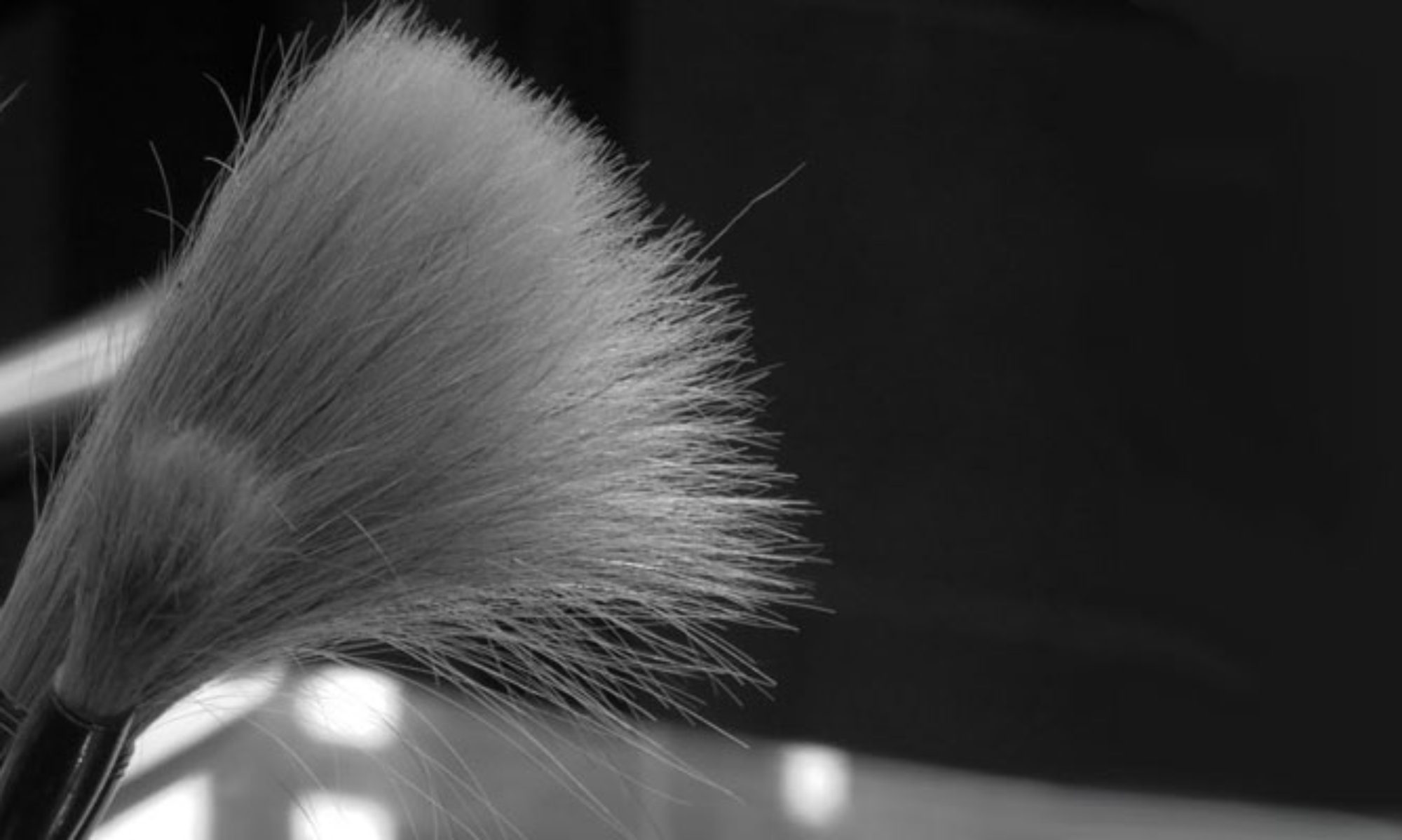
This ciliate was found in Loughborough Lake, north of Kingston, Ontario, Canada.
Questions:
- How does this single-celled ciliate move?
- Can you think of other types of movement that are similar to the one you see here?
- For what reasons do you think this critter needs to move?
- How does this ciliate’s movement compare to other single-celled organisms?
- How are the cilia (the tiny hair-like fibers) arranged on the organism (best viewed in the latter part of of the video at the higher magnification)? Do the cilia in different locations have different functions?
- Some of this organism’s cilia are fused into what are called “cirri” or little spiny bristles. How does this organism use these cirri?
- Each cilia is tubular in shape. What other shape (metapattern) do groups of these cilia form? How do this new new shape function?
- Can you find any cycles in the video? How do these cycles compare to other cycles you know about?
- What is the advantage to this ciliate for having a sheet-like (flattened) shape? How does this critter use its shape?
- What do you think the spheres are for inside of the ciliate. In the first segment of at the higher magnification, look for a sphere at the bottom side of the organism and about 1 third of the way up to the right. What happens to this sphere? What do you think this sphere does? What do you think the other spheres do? How are the functions of all of the spheres similar and different?
- What else can you find out about this critter?
Meanings:
Oxytricha:
Trich comes from the Greek word thrix, which means hair, wool, or bristle
Oxy comes from the Greek word oxys, which means sharp, keen
-a probably is a shortened form of –al, which means of, relating to, or characterized by
So, oxytricha means a critter characterized by sharp bristles.
